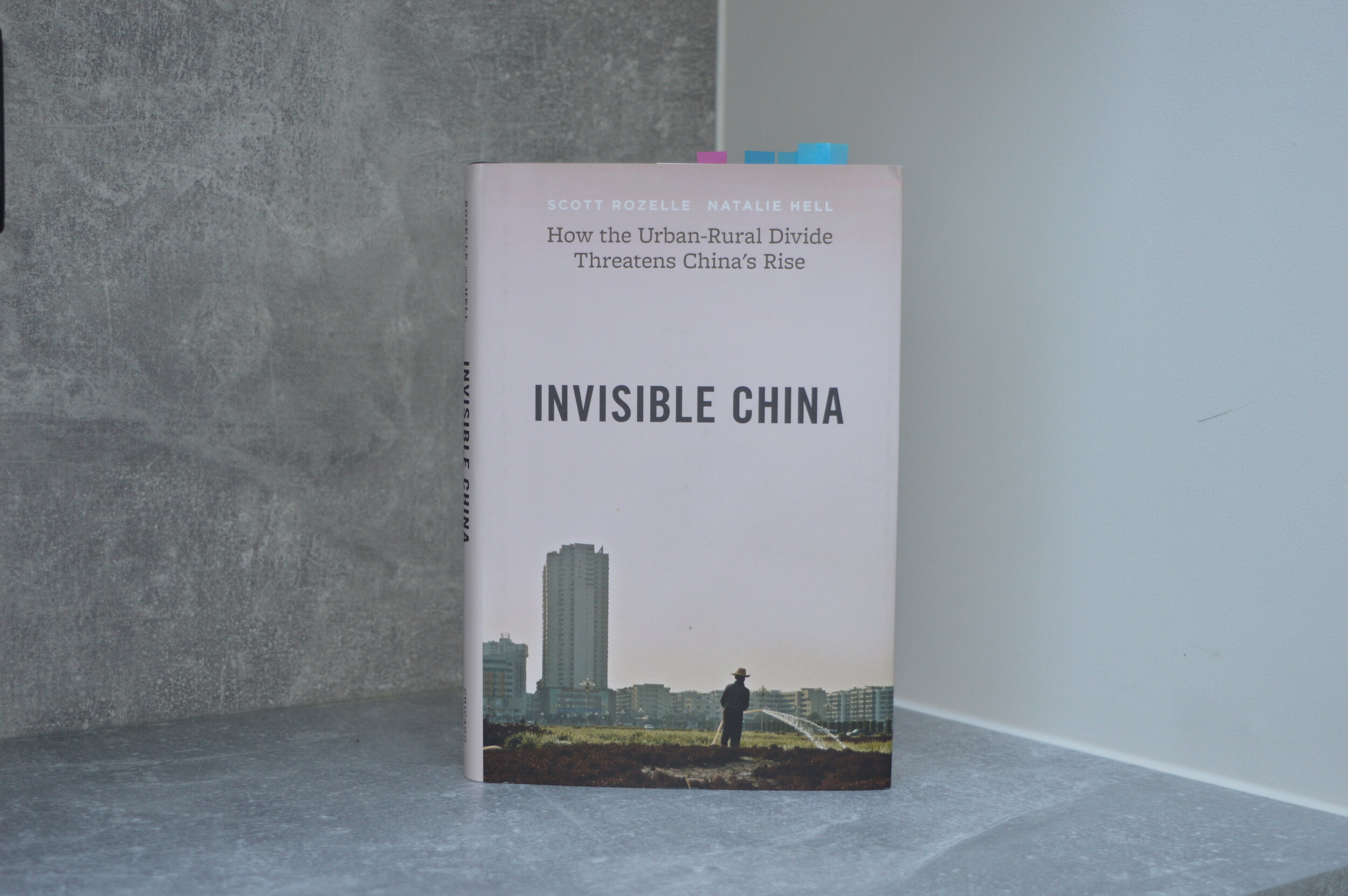Invisible China
“Ten years ago, almost every product for sale in an American Walmart was made in China. Today that is no longer the case. Meanwhile, the spread of new robotics and automation technology is further driving down demand for the Chinese factory worker. And China doesn’t have a good back up plan.” (p.4)
February 2021
Overall Verdict: ★ ★ ★ ★
To buy this book, click here.
Why this book?
This book was reviewed in a January edition of The Economist magazine and caught my attention straight away! In this review, the author highlights the existence of two Chinas- something I probably don’t stress enough when teaching about this rising superpower. Rural China is still very different from urban China and whilst many of us are aware that these differences are reinforced by law through the hukou system, perhaps we don’t realise just how different the quality of healthcare and education is to this day.
Being intrigued by Rozelle and Hell’s argument that ‘a crisis is brewing in China’s villages’ I nervously purchased the book (worried it would be too academic and dense) and was subsequently relieved to find it accessible, engaging and a highly informative read. To tell the truth, it was on track for a 5-star rating but the feeling of repetition come the end held me back. Through the seamless integration of data, explanation, and stories, this book presents the argument that unless China invests significantly (and rapidly) in its people, it will not rise to be the truly global power it hopes to become.
For students:
You’re probably familiar with the idea of China being the workshop of the world but what next? How does China move its economy beyond manufacturing and into services? What if it can’t? What impact will this have on the global economy? And China’s future?
If you’re interested in China’s rise and the question of whether or not it will truly rival the USA’s superpower status than this book is a highly recommended read! Reading this book will ensure that you’re able to discuss China’s economy, governance and prospects with depth and sophistication and avoid the pitfall of assuming an inevitable rise. The discussion of the experiences of other countries (Mexico, Japan, Ireland, South Korea and Taiwan to name a few) ensure that you’ll not only learn more about China but the global economy as a whole.
For teachers:
This book has ensured that my teaching of China (be it through the topics of development, superpowers or urbanisation) will be up to date and nuanced. As the author stresses throughout, it is too easy to look at Beijing, Shanghai or Shenzhen and assume that China is already a rich country. Yet when we consider GDP per capita, China is a middle-income country and one (arguably) at risk of falling into the ‘middle-income trap’. Using multiple examples, the middle-income trap is explained and possible future trajectories for China considered.
The introduction of the book is a particularly noteworthy resource- concisely summarising the key points developed further in the book. When I next teach Superpowers at A-Level, I plan to read large sections of this to students and ensure that we really critique the popular idea of the ‘inevitable’ rise of China. The key ideas of this book have also been added to our Year 7 scheme of work about ‘The Almighty Dollar’; ensuring that even our youngest students are questioning the complexity of development pathways and recognising the need to invest in people as much as infrastructure.
I’m really glad I read this book and furthered my knowledge of one of the most important countries we teach about of the 21st century. I’m intrigued to pull it back of the shelf each year and see if the predictions unfold…
To buy this book, click here.
